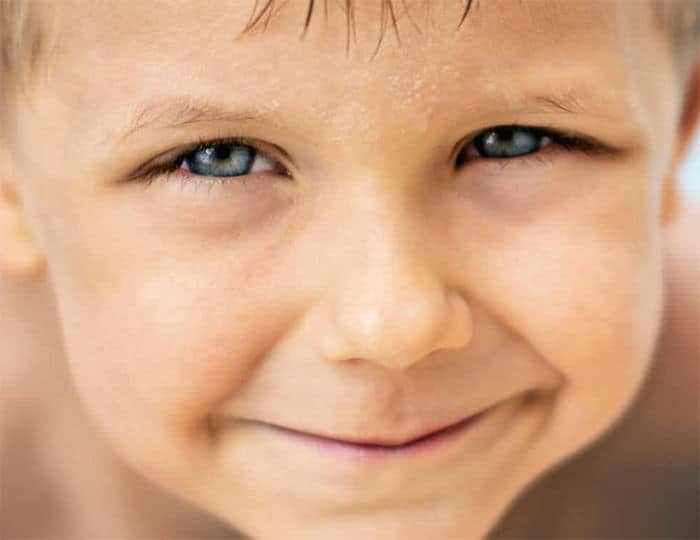
But children shouldn’t be worrying about this stuff, right? That’s why the minimum age for most cosmetic procedures is 18.
But what if a child has an issue, such as a facial deformity, that could be addressed by plastic surgery?
Possible reasons for children’s plastic surgery
A cleft lip or other facial deformity can severely stunt a child’s development. Perhaps they can’t eat or speak properly. These are especially common with a cleft palate, otherwise known as a hole in the roof of the mouth. Other problems include dental issues, chronic ear infections, even hearing loss. Obviously, these are major issues which should be reversed, if possible. No child should have to live with these deformities, especially since plastic surgery can correct them rather easily.
While not health-impacting, prominent or “turned out” ears can impact a child’s self-confidence and lead to bully and teasing from other children. Otoplasty to correct this is a simple procedure that has lifelong benefits. Deformed or misshapen ears can also be corrected.
Money for a good cause
There are quite a few charities that sponsor surgeries for children with deformities or extreme facial features. Although criticized for promoting plastic surgery as a way to end bullying (as opposed to stopping the bullies or helping children feel comfortable in their own skin), most of these agencies are careful where they put their money. Applicants are denied if their surgery is for purely cosmetic reasons. These charities are always looking for new donors and funding.



















